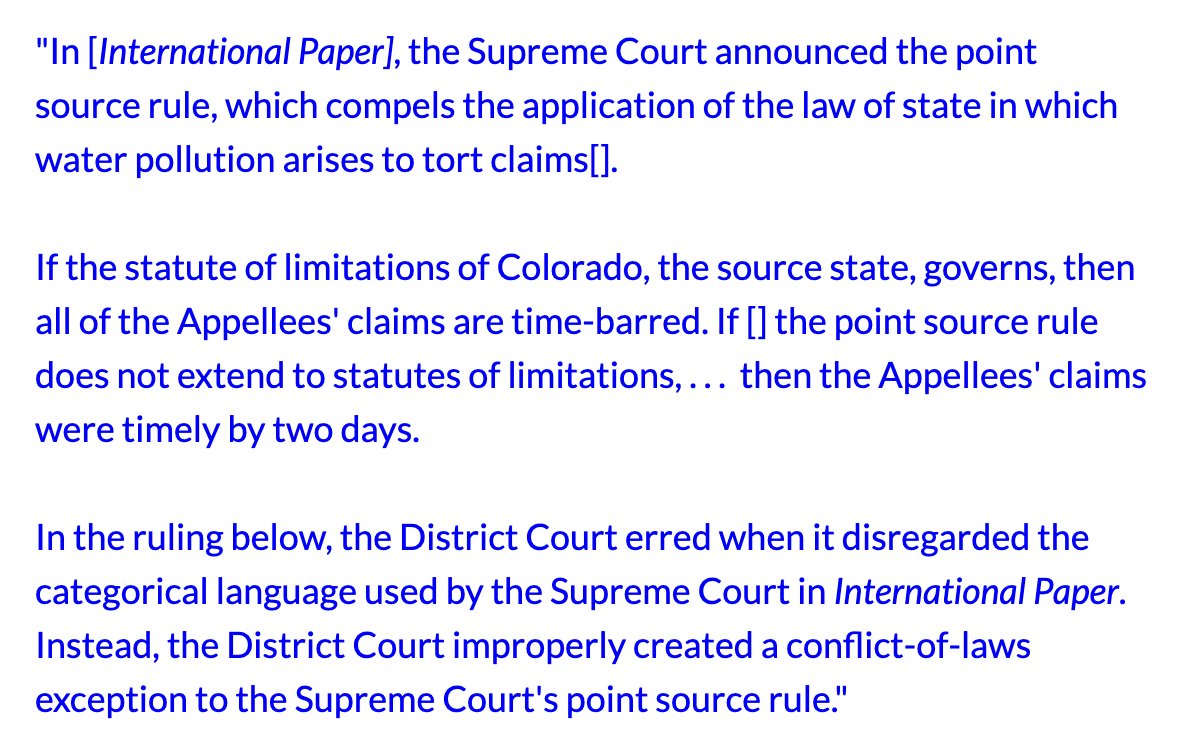
When imagining the best legal writers, you might think of big names at big firms.
But small firms have powerhouses, too.
Case in point: A ridiculously good brief penned by a plaintiff's attorney at the boutique Hilton Parker LLC.
Check this out. 1/X
But small firms have powerhouses, too.
Case in point: A ridiculously good brief penned by a plaintiff's attorney at the boutique Hilton Parker LLC.
Check this out. 1/X
In the introduction:
☑️ You need no background to get into the story.
☑️ Facts do the heavy lifting instead of opinions.
☑️ Readers aren't bogged down by case law.
☑️ Storytelling is center stage (as are emotional facts); sentences are about actors carrying out actions.
☑️ You need no background to get into the story.
☑️ Facts do the heavy lifting instead of opinions.
☑️ Readers aren't bogged down by case law.
☑️ Storytelling is center stage (as are emotional facts); sentences are about actors carrying out actions.

After those two warm-up paragraphs make the legal pitch, the lawyers weave in their emotional one.
Once you've explained how the law favors you, include the why—why would adopting your position be a good thing?
Once you've explained how the law favors you, include the why—why would adopting your position be a good thing?

Do the hard work for readers by explaining first before making them juggle the details and complexity.
Notice how the first sentences throughout the brief dish up the specific, persuasive points (rather than bland topic sentences).
Notice how the first sentences throughout the brief dish up the specific, persuasive points (rather than bland topic sentences).

Examples are a superpower. Need to illustrate a complicated legal doctrine? Share a quick hypothetical or emblematic case.
Need to show your readers the line drawn by the law? Share an example of both when the law is satisfied and when it's not.
Need to show your readers the line drawn by the law? Share an example of both when the law is satisfied and when it's not.
Then there's the small-picture style.
In this example, notice how the lawyers use active voice to paint the opposing party as a bad actor, and they use passive voice to put the victim on the receiving end of those bad acts.
In this example, notice how the lawyers use active voice to paint the opposing party as a bad actor, and they use passive voice to put the victim on the receiving end of those bad acts.

The lawyers use concrete verbs throughout the brief.
Verbs are an easy way to make your writing simpler, easier to understand, and more forceful.
Verbs are an easy way to make your writing simpler, easier to understand, and more forceful.

Simple sentences sell. The same goes for familiar, everyday language that we can all process without effort. Many of the sentences in this brief require little to no punctuation because they are so simple. 

Check out the whole brief here. drive.google.com/file/d/1P-iXiK…
@threadreaderapp unroll
• • •
Missing some Tweet in this thread? You can try to
force a refresh
















